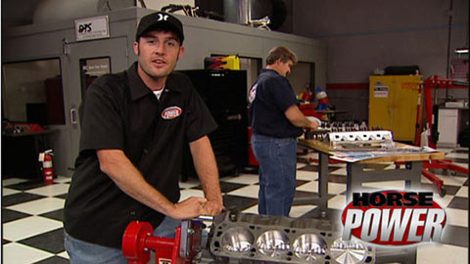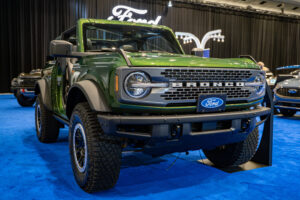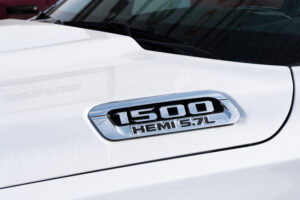HorsePower Builds
Want more content like this?
Join the PowerNation Email NewsletterParts Used In This Episode
[none]
Max-tuff assembly lube.
Auto Meter
Plant Tour.
BBK Performance
"SHORTY" header for DODGE/CHRYSLER CHARGER/300.
BBK Performance
Air intake system for Dodge/Chrysler 300 and Charger.
E3 Spark Plugs
E3 Diamond Fire spark plugs.
Holley
770 CFM Street Avenger.
Performance Parts
Comp Cams Thumper cam, FW291t HP-107, Retro-Fit roller lifters, high energy pushrods, cloyes timing set, Edelbrock intake manifold and cylinder heads, crane rocker arms, Mr. Gasket performance intake gaskets and Fel-Pro performance head gaskets, ARP head bolts and intake bolts.
































